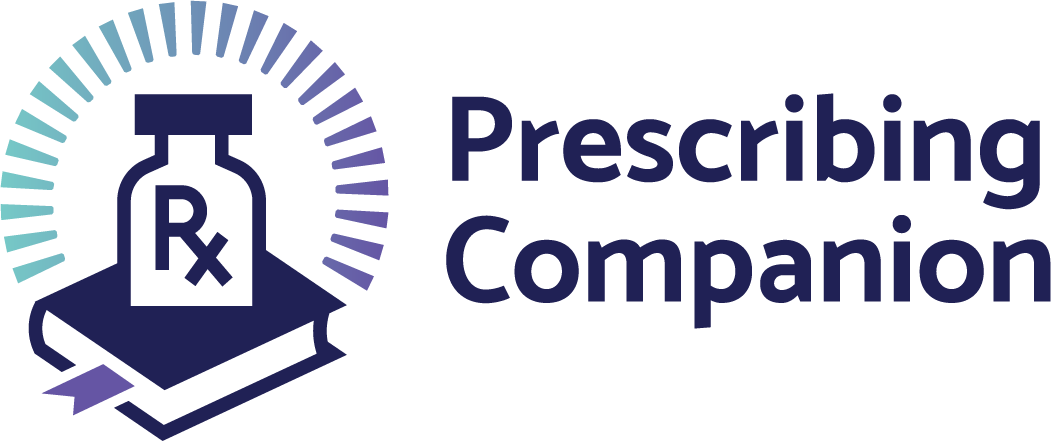All confirmed uncomplicated malaria cases should be promptly treated with effective, recommended first-line antimalarial medicines. Currently, the recommended drug therapy for uncomplicated malaria for the general population—including women in all trimesters of pregnancy—is Artemether-Lumefantrine (AL). AL should be given twice day for three (3) days, with the doses 8 hours apart on day one (1) and then 12 hours apart on days two (2) and three (3). The dose is weight dependent, as outlined in Table 81.
Table 81: Dosage schedule for Artemether-Lumefantrine (AL)
|
Body weight (kg) |
AL dosage (mg), 2x/day for 3 days (first day 8 hr. apart and then 12 hr. apart) |
Number of tablets |
|
< 15 |
20 + 120 |
1 |
|
15 to < 25 |
40 + 240 |
2 |
|
25 to < 35 |
60 + 360 |
3 |
|
≥ 35 |
80 + 480 |
4 |
To reduce malaria transmission in Health Facility catchment Areas (HFCAs0 with annual malaria incidences under 125 per 1,000 of the population, the recommendation is to give a single low dose of Primaquine (0.25-mg per kg of body weight) plus AL to all patients with P. falciparum malaria (except pregnant women, infants under 6 months old, and women breastfeeding infants under 6 months old). Glucose-6-phosphate dehydrogenase (G6PD) testing is not required.
Mixed Plasmodium infection
For all mixed or non-P. falciparum infections, the recommended treatment is a full 3-day drug regimen of AL. In people with G6PD deficiency, relapse can be prevented by giving 0.75 mg of Primaquine per kg of body weight once weekly for eight weeks, with close medical supervision for potential Primaquine-induced
haemolysis. Primaquine should not be given to women who are pregnant or breastfeeding until delivery and breastfeeding are completed (after which, based on G6PD status, they can be treated with Primaquine to prevent future relapse)
